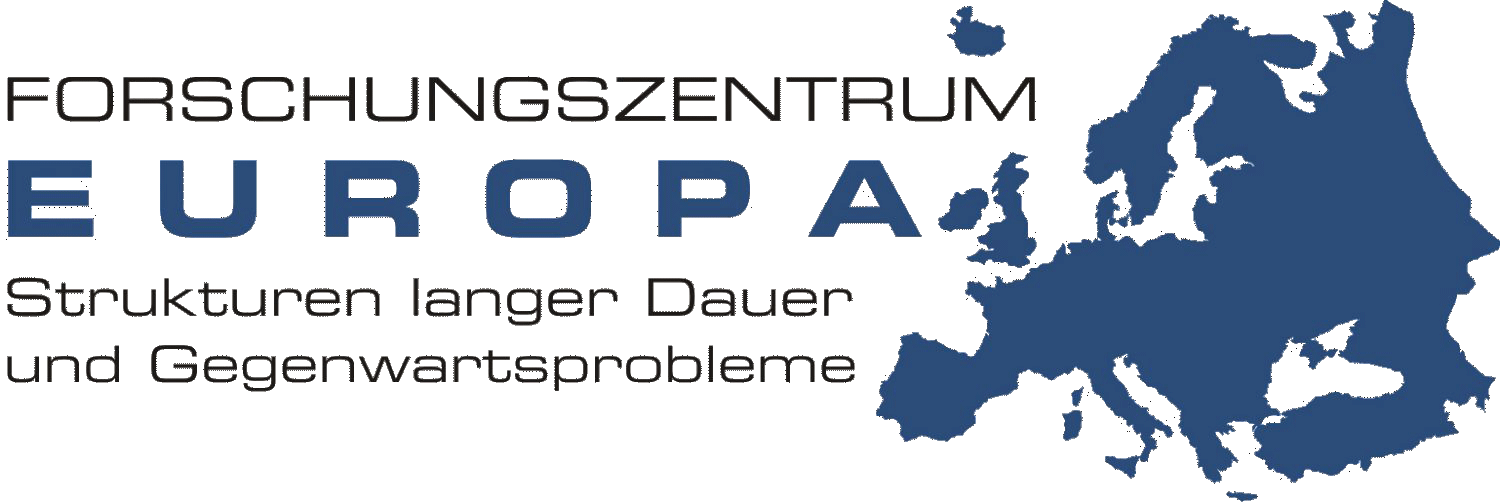In recent decades strong demands for cultural identification have been advanced in a panorama marked on the one hand by greater immigration and on the other first by the decline of agriculture and later by deindustrialization – and in the Eastern European countries by the disintegration of the Soviet system. In response, history museums and exhibitions have proliferated, and they have also reached a very large audience.
They are different from those of the previous century, which had a strong pedagogical vocation and thus distanced themselves from the world of consumption typical of the fair. Today, this strong opposition has weakened. History museums have become not only authoritative places for learning and spaces for renegotiating and representing nationhood and citizenship; they have also increasingly addressed a broader clientele and proposed themselves, too, as commodities in connection with the development of the heritage industry.
Whilst in the nineteenth century they were designed to impose deference, today they are lighter and friendlier, and publicize their cafeterias and shops – a feature almost without exception emphasized by their websites. Budget reasons and the need to sell the ‘brand’ of the nation, or even of the region, in an increasing competitive tourism industry, are responsible for this change.
Both trends – the birth of new institutions and the increase in visitors – are, however, far from characterizing only the most important institutions of the capital cities.
A recent survey on France has counted at least 500 historical museums, mostly local, but this trend is pronounced almost everywhere. Local history museums in de-industrialized areas of the United Kingdom have directly involved members of the public by asking them to lend their possessions and therefore make the museum a lively place of self-representation. In other cases, immigrants have been also invited to present their stories and belongings. Altogether, in Western Europe a deconstructionist approach has questioned a single master narrative and national myths, ushering in a different kind of museum, where everyday life has been given much greater prominence than before. This approach has attracted new publics, while more traditional institutions have also increased their audiences. By way of example, visitors to the Deutsches Historisches Museum increased from 597,836 in 2007 to 756,861 in 2008, while those to the Paris Musée de l’Armée numbered no fewer than 1,200,000 in 2007.
Given the format chosen for the Atlas, a drastic selection had to be made, with the result that not only were local museums excluded but also the ‘thematic’ ones dealing with a single topic, however important it might be. Thus the European maps represent only museums with a definitely national scope, while those with only a regional importance have been included in the individual country maps. In Western Europe, attempts have also been made to rethink the colonial museums which once represented the nation as a colonial power, reshaping them so that they represent the new population of diverse ethnic origins. This has been the case of the Tropenmuseum in Amsterdam, as well as of the Cité de l’Immigration in Paris, which reopened as a museum and cultural centre in the selfsame building that had successively housed the colonial exhibition, the colonial museum, and the museum of ‘primitive’ art.
In Eastern Europe the fall of communism has left the embarrassing legacy of outdated museums of socialist style created after the Second World War in order to extol the class struggle and the fraternity of socialist countries, as well as the role of the Soviet Union in the victory against fascism. In the new nation-states which have emerged, civil society and political parties are rewriting the nation’s master narratives, often rediscovering and reaffirming old national rhetorics. In the first years of the twenty-first century the rooms of the post-1945 museums were suddenly emptied, and they are now slowly being reorganized into a form better suited to present-day paradigms.
However, this is only a part of the picture, and this schematic divide does not always hold true. Notwithstanding the often sophisticated, attractive and innovative settings proposed by the new museography, not everything is new. Traditional master narratives centred on the nation seem to emerge more generally, in Eastern as well as Western Europe, and new museums are under construction for the purpose of extolling the nation. The recently-opened National Museum of Iceland in Reykjavík revolves around the idea of the ‘making of the nation’, as do the history museums in Catalonia and Scotland, which involve the visitor in a trajectory which de facto dates back to the stone age.
Go back to Museums








